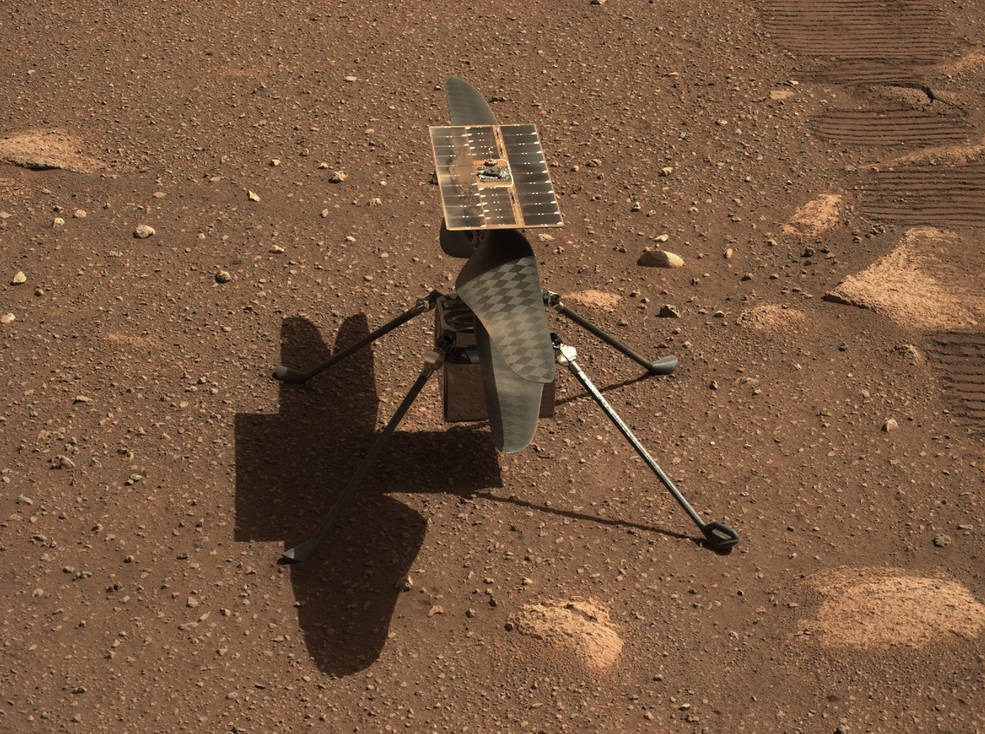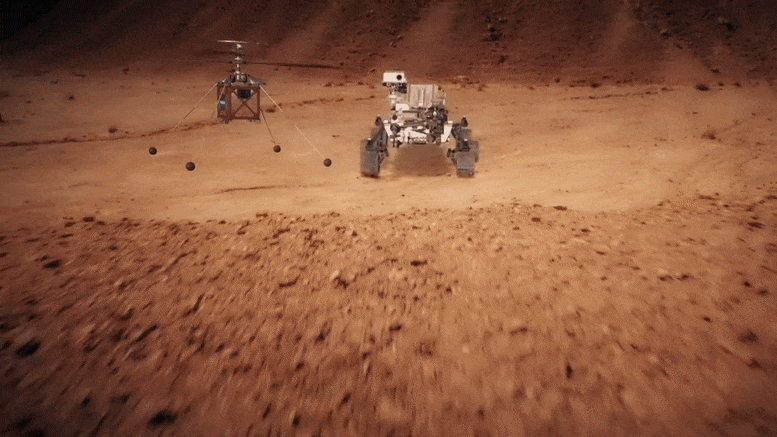One of the big challenges in exploring Mars is something very small. Fine dust covers most of the Martian surface, and strong winds combined with low gravity mean that it easily rises from the planet’s surface, covering solar panels and interfering with automated missions. The Ingenuity helicopter also encountered problems caused by dust. The sand was collected on solar panels, which limited the amount of energy it could receive from the Sun.

But scientists used this disadvantage of Mars to study dust. The researchers used Ingenuity data to understand more about how dust moved in the Martian atmosphere. By learning about the dynamics of its movement, it is possible to prevent problems for future missions.
Researchers from the Stevens Institute of Technology, the Space Science Institute and NASA’s Jet Propulsion Laboratory collected data on Ingenuity flights to observe how dust rose into the air as the helicopter took off, hovered, maneuvered and landed. Even a quick watch of the video shows how much dust the helicopter picks up, despite the fact that it is tiny and light. This helped them model how much sand was lifted, and it helped measure both the mass of the particles and the size of the clouds that formed.

The results showed that every time Ingenuity took off, it picked up about 2 kg of dust, which was equivalent to about 1/1000 of its mass. This is much more than a helicopter could lift on Earth, because there are many different factors to take into account on another planet.
“When you think about sand particles on Mars, you have to take into account not only low gravity, but also the influence of air pressure, temperature, air density – a lot of things we don’t quite understand yet,” said NASA JPL researcher Mark Lemmon.
Understanding how sand moves on Mars is necessary not only to create robots that can survive in a dusty environment, but also to help make landing safer, since the amount of dust raised in the atmosphere can affect exactly how the spacecraft lands. This will be important for future missions to Mars, such as the planned Mars Sample Return mission, as well as for any future human missions to the Red Planet.
Earlier we reported on how the moon dust from Apollo 11 for 400 thousand dollars hid a disgusting secret.
The study was published in the Journal of Geophysical Research: Planets
Follow us on Twitter to get the most interesting space news in time
https://twitter.com/ust_magazine

